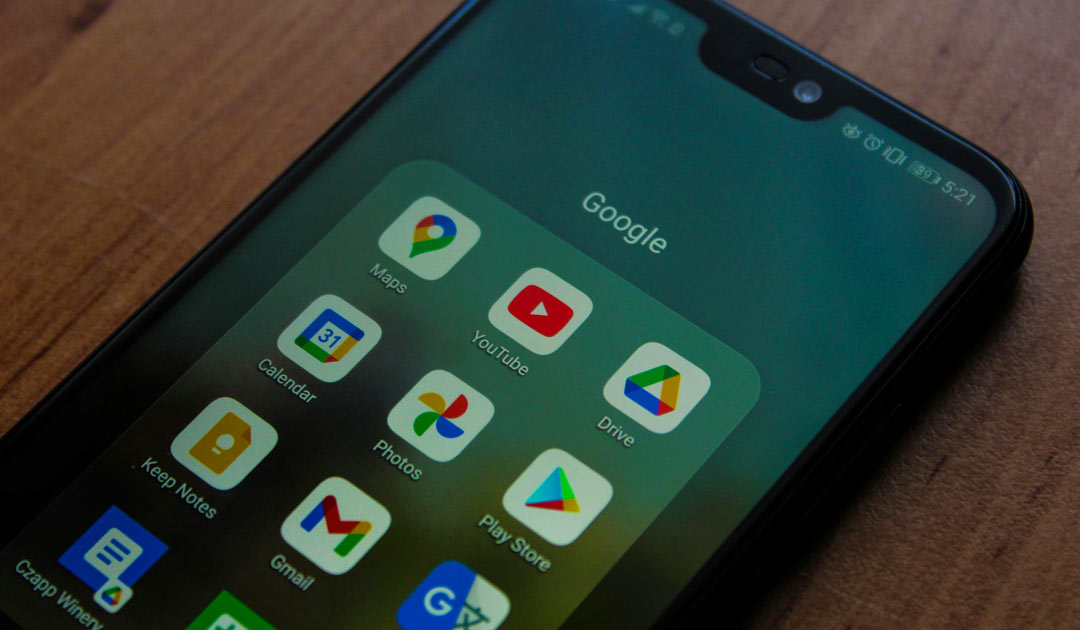
Have you ever unboxed a brand-new phone, powered it on, and marvelled at its features—its interface, applications, and all the tiny details? That moment of excitement, exploring something fresh and new, is hard to beat. While most Android phones today feel quite similar, sharing the same interface and apps, it wasn’t always this way. In the early days of Android, when the platform was beginning to spread its wings, smartphones came with a rich variety of manufacturer-specific applications and interfaces. Each brand—whether it was Samsung, HTC, or Sony—would layer its own unique software and user experience on top of the base Android system. They crafted customised apps, games, and themes to set their products apart, offering features they believed would captivate their customers.
The thrill of unboxing your new handset, exploring the interface themes, checking out new apps and installing from the brand’s app store was truly unmatched, especially for users switching brands.
However, as Android advanced and gained more prominence, Google, which initially entered the smartphone market as a software provider with its Android operating system, began to extend its influence far beyond the base OS (Operating System). The company thus began its ambitious foray into hardware and services with the introduction of the Google Nexus line in 2010, which aimed to provide a “pure” Android experience free from the extra software and customisation typically added by manufacturers.
This Nexus Line was a collaboration between Google and various hardware manufacturers such as HTC, Samsung and LG to design devices (Smartphones, Tablets and Streaming media players) to showcase the latest versions of Android as Google intended them to be; without any additional software layers or apps that could interfere with the user experience. Google Nexus phones became known for receiving timely Android updates directly from Google. This was a significant advantage over other Android devices, which often faced delays in getting updates due to manufacturer and carrier customisations.
It wasn’t long before Google’s broader strategy of integrating its suite of applications and services into the Android system became clear. With the success of the Nexus line, Google had demonstrated the value of a streamlined, Google-centric Android experience. This approach set the stage for Google to make its suite of apps – including Gmail, Google Maps, Google Photos, YouTube, and more – available on most Android devices sold worldwide.
Today, most Android phones come pre-installed with Google’s suite of apps, sometimes referred to as “Google bloatware” by critics who view these apps as unnecessary or redundant. Furthermore, this heavy integration often blurs the boundary between Android and Google, causing many users to confuse them. However, Android and Google are two different technologies/entities. Android is an open-source operating system developed by Google and is not exclusively controlled by Google. In contrast, Google’s suite of apps and services represents a commercial interest aimed at enhancing its ecosystem and data collection capabilities.
Google’s dominance in Android has its pros and cons for both users and manufacturers.
Some of the pros to the user include:
Seamless Integration with all Google apps since they are designed to work smoothly with one another for a streamlined experience. For example, one can link their Gmail account to another Google app and receive email-integrated notifications.
Google also frequently updates its applications, ensuring users benefit from the latest features and security.
However, many users consider the pre-installed Google apps to be unnecessary, especially if they prefer alternatives, as this bloatware consumes valuable storage space that can’t easily be reclaimed.
Furthermore, the extensive data collection by Google’s apps raises privacy concerns, making users feel uncomfortable knowing that their activities and preferences are continuously tracked and analysed by the company.
Another disadvantage is the limited choice that Google’s dominance provides. Users may feel constrained by the lack of choice in what applications they wish to use since the alternatives are often buried under layers of system settings, hence being less accessible.
To the manufacturer, however, it is cost-efficient to pre-install Google’s suite of apps instead of creating and maintaining their own apps. This also streamlines the user experience and reduces the time-to-market of the devices.
Access to Google’s ecosystem also means that users can benefit from features like Google Play services, which can enhance the functionality of third-party applications and services.
Bloatware is unwanted software that is pre-installed on a device by the manufacturer or vendor for their own benefit, rather than the user’s.
However, there are downsides:
Reduced Differentiation between devices. Heavy reliance on Google’s apps diminishes the opportunity for manufacturers to distinguish their devices through unique software features, leading to them appearing less unique.
User Dissatisfaction, where users may be frustrated by the inability to remove or replace pre-installed Google apps, leading to negative perceptions of the device and the manufacturer.
In conclusion, Google’s role in the Android ecosystem ends up being a double-edged sword. While its suite of applications provides a polished and integrated user experience, it also introduces a layer of bloatware that can be frustrating for users and limiting for manufacturers.
1 thought on “Why Android Phones are Packed with Google Apps”
Pingback: Google DOJ Lawsuit: Antitrust Case Seeks Chrome Sale - Nymy Net